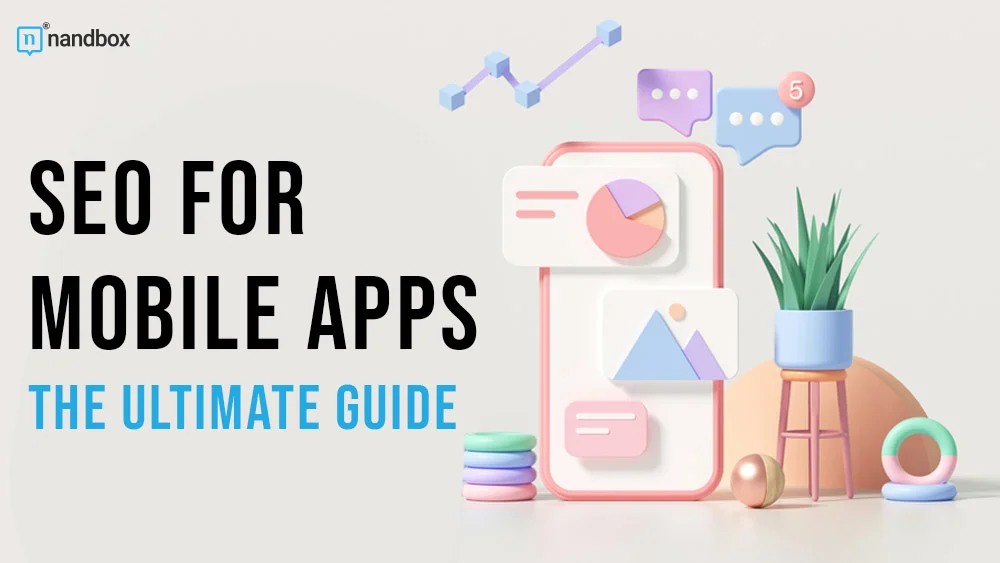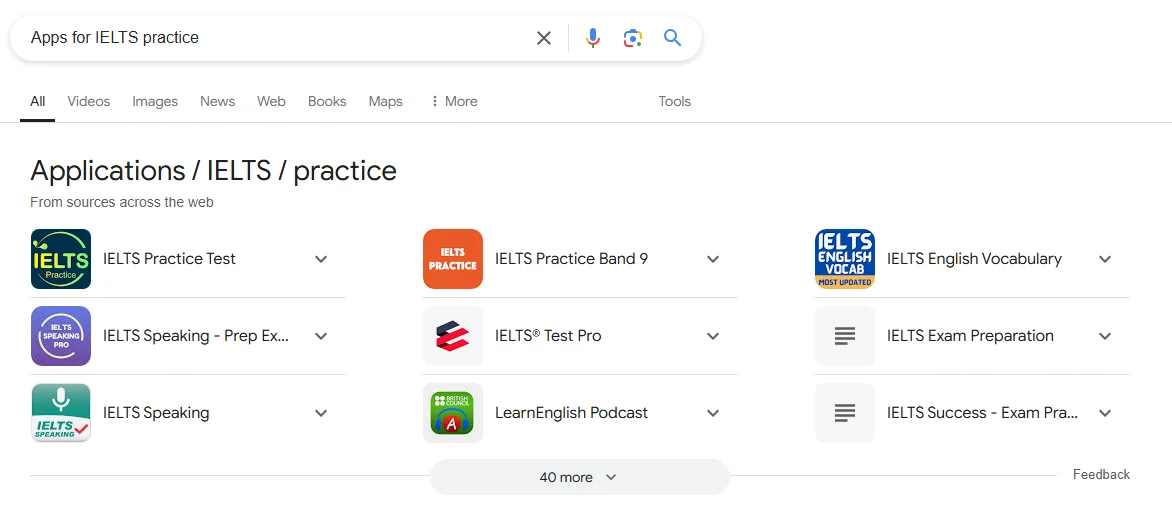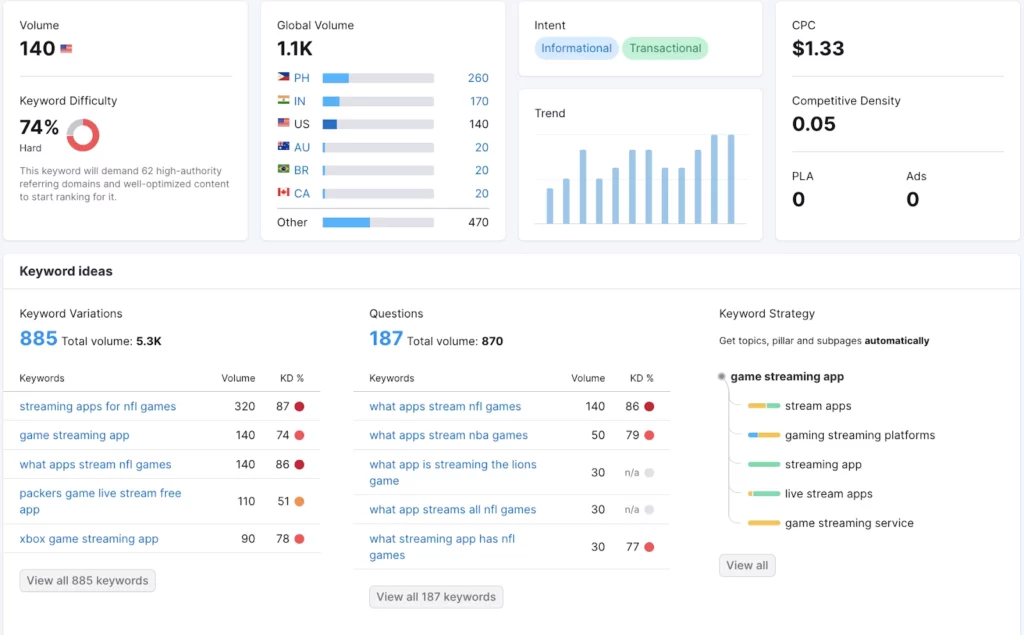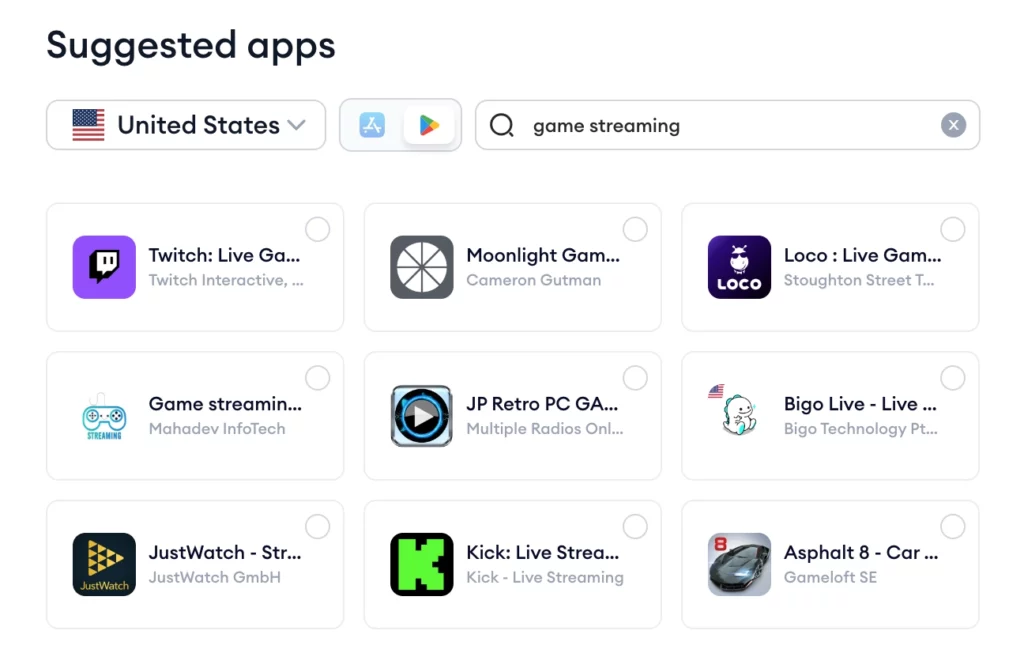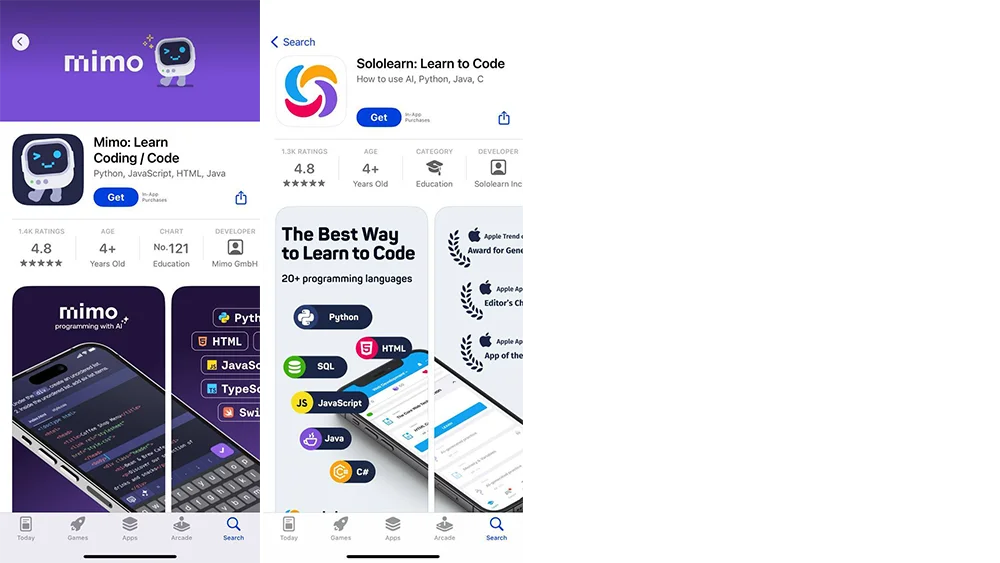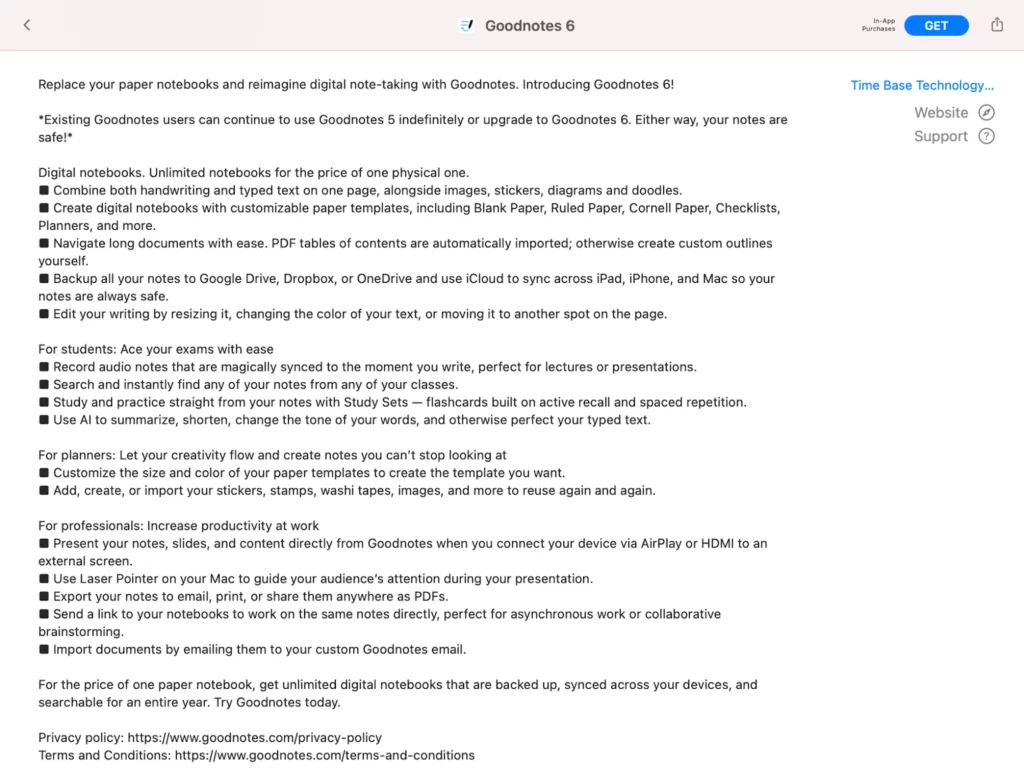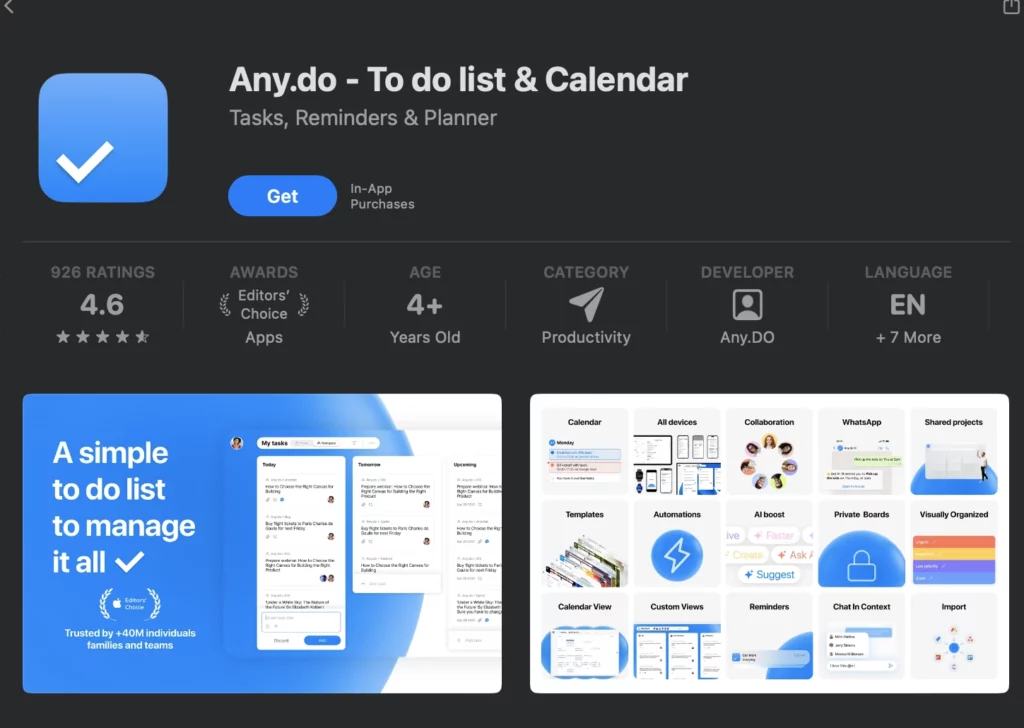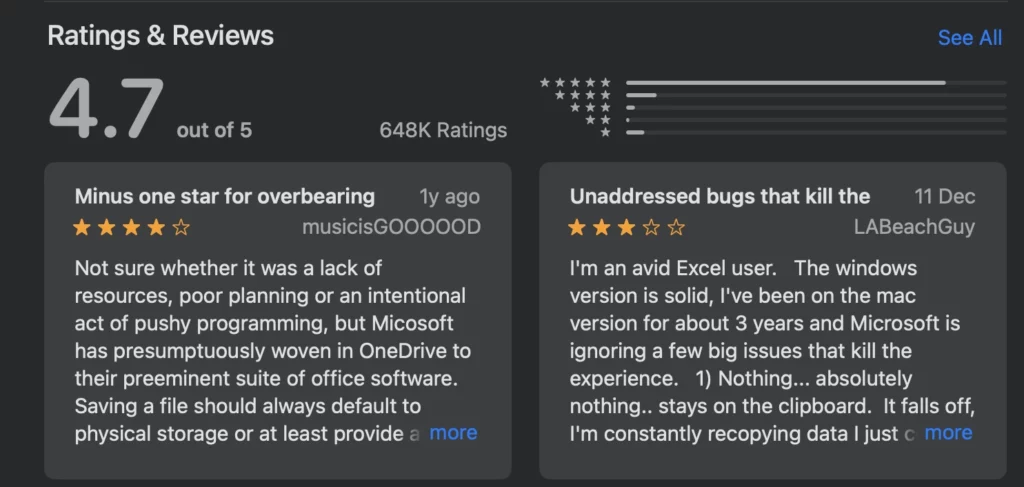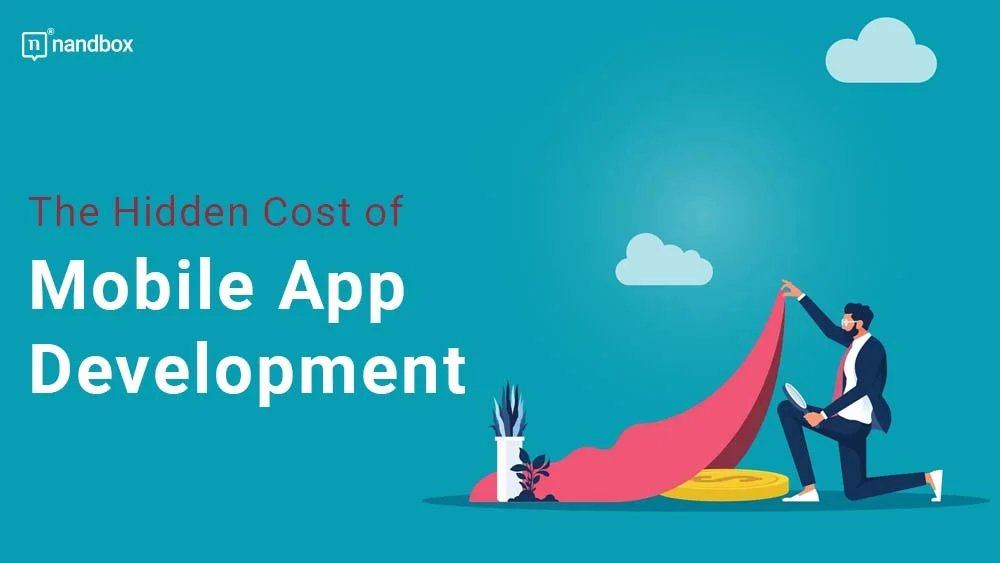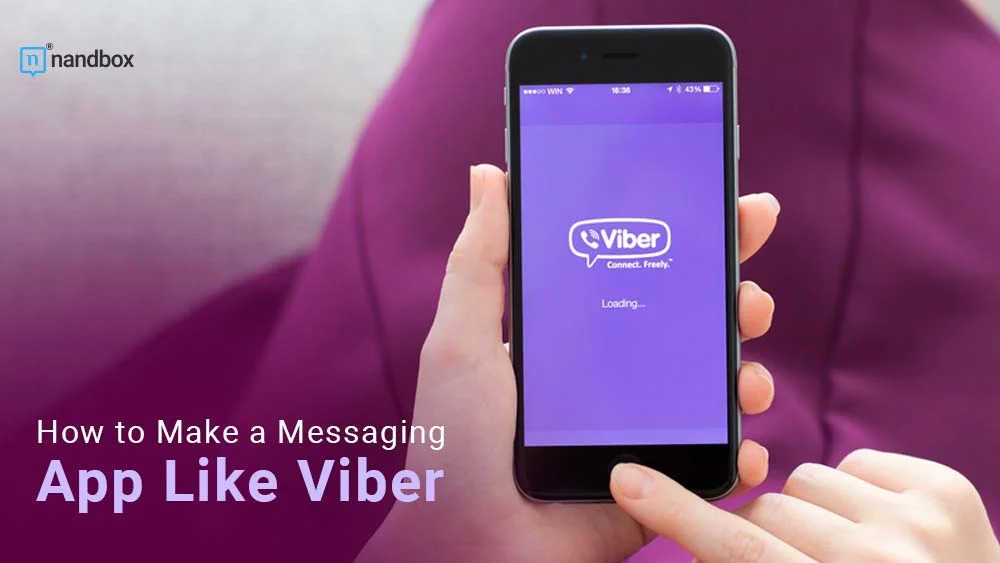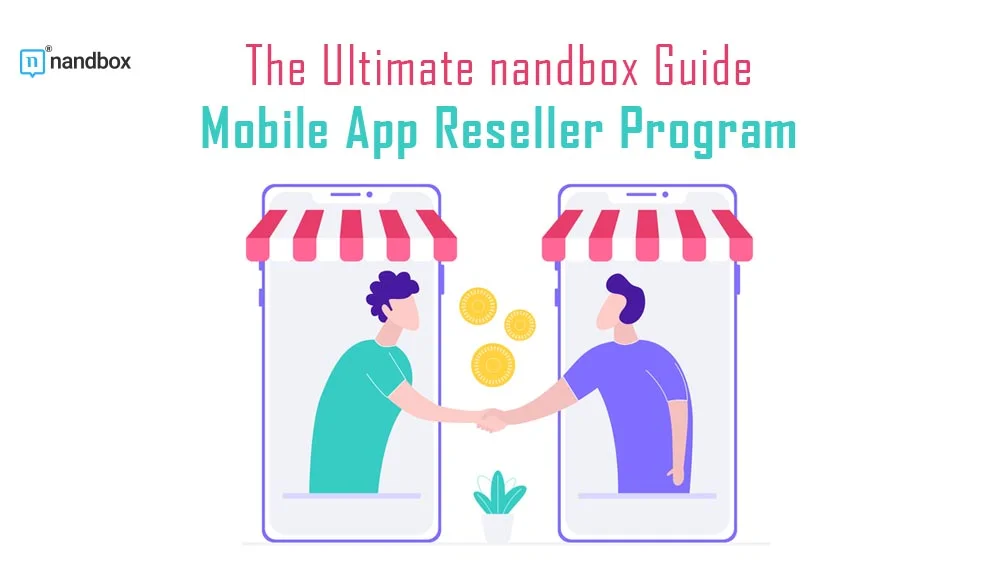Sooner or later, after you create an app, you will realize that there are different app stores, but the scenario is still the same. Tons of apps that offer the same features, all jostling for users’ attention. If you are an app developer or marketer, this kind of highly competitive environment can be challenging, extremely challenging. But hey, you are not one to back down from a challenge! Plus, with a little app store optimization strategy, you can turn the tables in your favor. How exactly does it work? It starts with knowing why and how people discover apps in general. There are many ways users can find your application, but they mostly do it while checking out the app store. That’s why SEO for mobile apps is the one thing that can help you appear at the top of search results and boost your install rates. In this article, we will explore how it works and the best tactics you can test.
What Is App Store Optimization?
App store optimization (ASO) describes a series of steps you take to make your app rank higher in the app store. The idea is to get your mobile app in front of more eyes and hopefully increase the number of downloads for the app. But there’s more to it than that. You can also use ASO tactics to improve user experience and build a name for yourself (well, your app). Plus, you get tons of free feedback without having to hire any test groups.
Why Do You Need SEO for Mobile Apps?
Have you typed a random app search into the Google Play Store or Apple App Store before? You might see something like this come up:
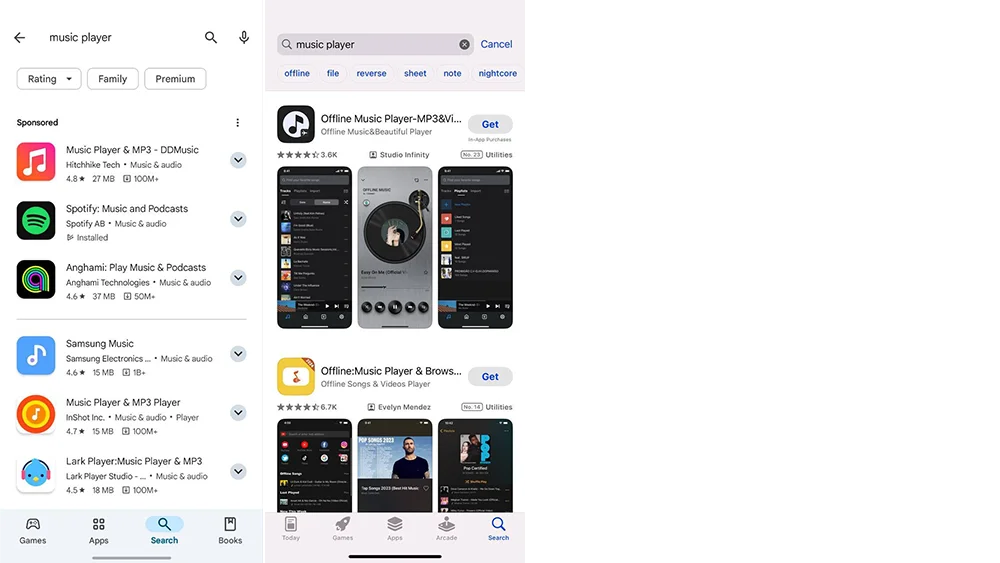
Why do you get these specific recommendations, even though there are thousands of other music player apps available in the same store? The answer lies in understanding SEO for mobile apps.
The app market is pretty competitive. There are over 1.9 million apps in the Apple App Store alone and more than 2.87 in the Google Play Store. It’s already tough trying to stand out in certain categories like the educational, food delivery, or chat categories. But by using ASO, you can:
- Make your app more discoverable in search results (both in app stores and web browsers).
- Drive traffic to your mobile app listing and increase your click-through rates (i.e., how often do people click to learn more about your app?).
- Gain more organic app installs and increase retention rates so that you see fewer uninstalls compared to those in your niche who ignore SEO for mobile apps and ASO.
- Maintain a competitive edge in your category. This increases the likelihood of your app being recommended above others in your region.
- Attract some solid backlinks that expand your brand exposure and increase your revenue.
- Reduce customer acquisition costs. Mobile app SEO is far cheaper, more profitable, and more sustainable than paid ads in the long term.
8 Best Ways to Optimize Your App for SEO
Whether you build your app from scratch or use an app maker, one thing is for sure: your app optimization game must be on point if you hope to attract the right users (or any users at all). But there are so many techniques and pieces of advice out there that it can be hard to know which ones to focus on. So here are our top picks:
1. Start With Keyword Research
Any good app marketing strategy starts with thorough keyword research—a process of searching for the exact phrases (words) people use to find products similar to yours. For example, if someone wants to download an app for streaming, they might use words like “video streaming app,” “live streaming app,” and so on. You get the idea. But the real question is, how do you know which ones your target audience types in their search? By using an ASO or SEO tool.
All you need to do is think of words that describe use cases or the functionalities of your app. Then, enter these potential searches into your optimization software and check what you come up with. An SEO tool will give you several matching and related words, which you can then use to optimize your content (more on that later).
An ASO tool will show you some of the popular apps for the phrases or words you enter, like this:
This way, you can learn who some of your biggest competitors are right away, which brings us to the next step.
2. Use the Keywords to Optimize Your Titles and Subtitles
You want to make sure your title and subtitle match what a user will type to find you in the search results. Now, you can’t make your app names and titles longer than 30 characters, but you should definitely find a clever way to add a keyword or two there.
For example, if your app is built to teach people how to code, you might think of keywords like “learn coding” or “learn programming,” both of which have high search volume. Your title can be your app name and keyword, just like in the examples below.
Notice that neither of the titles is longer than 30 characters. In fact, one is shorter, and they both use the same keywords for the subtitles. This is a great way to improve their ranking in the mobile app stores. For every mobile app idea you come up with, there are probably hundreds more. But this is not always a bad thing. At least, not when you understand the advantage a proper competitor analysis gives you. In fact, next to keyword research, this is probably the second-best way to get more data and ideas for your app store optimization strategy.
But these are not the only places you can use keywords. For example, Apple might require you to add several keyword tags in a special field. It’s best to use both competitive and less popular keywords so you have a high chance of ranking for both.
3. Make Your App Descriptions Compelling and Appealing
Now is your time to shine and tell everyone what makes your app really special. Be creative. Whatever you put down will affect what people think of your mobile app and determine whether they go ahead and download it. Basically, you want to:
- Craft your description carefully, stating the main features, benefits, and use cases in a clear and straightforward way.
- Use bullet points and short sentences to make it easy to read.
- Include your keywords to improve SEO for mobile apps, but don’t overdo it.
Take a look at this example from Goodnotes:
Even though it looks like a lot of text (an app description can be as long as 4000 characters), it is still scannable. The paragraphs are no more than two sentences, and everything else is a list. Potential users can get a lot more relevant information at a glance. Overall, little details like this add to the positive experience and help build up a good image of your app and brand.
4. Add Attractive, Quality Visuals That Do the Convincing
A picture is worth even more than 4000 characters. Have you ever downloaded any mobile app without seeing at least one visual of what it looks like? An app without a picture can lead people to mistake it for a virus or worse. Clearly, no one wants that. But you can’t just go with any image or graphic simply because it is not blurry. Nope. Your images will be a major point if you want your app optimization to be strategic. Add compelling videos and images that will make people want to use your app.
Let your visuals show users what your app can do and the way it enhances their lives or helps them solve a problem. Does it boost productivity? Make life simpler? Reduce anxiety? Don’t just tell them that in the description text. Use your images and videos to show that.
Here is how guys from Any.do capture their features and the value their app brings to users’ lives by using clear and compelling images.
If you decide to go for videos, keep in mind that they should not exceed 30 seconds. Besides, ensure you follow the specifications and guidelines for each app store when uploading your visuals.
5. Encourage Reviews to Boost App Store Optimization Results
Reviews are powerful. Full stop. They won’t only improve your SEO but also help you look better in the eyes of potential users as well. The idea is straightforward—the more positive responses you get, the more likely people are to trust the app. Users trust other users much more than your SM or paid ads. So, ratings are something you really want to work on if you wish to improve the SEO for your mobile app and increase downloads.
Take a look at Microsoft Excel App Store ratings:
646K people sharing their opinions is a whole lot. No wonder the application is ranking so high (#6) in the productivity category. So, how do you ensure you get a lot of reviews? By asking for them. You can build a function into the app that gets triggered and asks for an opinion when the user successfully completes a “task” (e.g., purchase, share, subscription, etc.). You want to ask for that after some positive action or experience, not after they have just faced a bug or failed to finish something. Sometimes, this can be the difference between a positive or negative rating.
One thing, though: don’t be a nag about it either. No one likes in-app persistent review requests that won’t go away or pop-ups that appear randomly and frequently. Also, don’t just ask for it in the app. Encourage your users to share their experiences or thoughts about your application on your social media channels and newsletters as well. This will do wonders for your SEO rankings.
But what if there are also some “not so flattering comments or complaints?” Everyone gets a couple of those. Even though Microsoft Excel has a lot of 5-star ratings, you can still see some complaints. This is not a bad thing. It gives you a chance to know what challenges users are facing, which takes us to the next step.
6. Push Regular Updates
Most apps that rank highly in the app stores are those that get regular updates. But updates do more than just release new features. They also give you an opportunity to fix bugs and tweak current functionality users might request. This makes them feel heard. As a result, it will definitely enhance your customer-brand relationship over time. Don’t forget to ask for feedback after the update. You want to know how your users feel about any new change.
Pro tip: Create at least two alternative channels for complaints (e.g., chatbot, email, phone, a dedicated page on your website, etc.). This can help you reduce the number of complaints you get in the app stores, which is a great thing because no one wants to spoil their rankings.
7. Collaborate With Relevant Influencers to Connect With Your Target Audience
Like other aspects of Denver SEO, app store optimization requires you to be good with people—at least, know enough to work with others towards a common goal. This can be as big as being invited on a popular YouTube channel to talk about your app. Yet, it can also be as simple as having your app mentioned in a rising (aka micro) influencer’s post or a blog. The idea is to have other people learn about and spread the word about your mobile app.
If a tech blog or news site picks up your story, you could gain some backlinks to your website, which is amazing for your SEO. If you want to get some additional links by yourself, just make sure they are safe because there are many different options (and some might not be that beneficial). How can you get these backlinks? Probably the most popular option is to submit guest posts to relevant websites. In your case, this can be tech websites and pages related to your app’s niche.
Taking Into Consideration
But before you get into guest posting, consider getting your own blog. Why? For one, blogging can drive traffic to your website or even your app store page (depending on your focus). Besides, you will spread the word about yourself and get more chances to rank higher in search engines with your blog as well (not just the app).
The best part is that once you choose a CMS platform that works for you and defines the cost of links settings, you will be all set for your blogging journey. Then, you will only need to create cool content with your audience in mind (don’t forget to use your keyword research here as well). While optimizing your app for the app stores is essential, don’t forget about the power of traditional SEO to increase visibility beyond the app store. At SEO Agency Boston, we recommend building a strong web presence to attract more users organically through search engines. This includes creating landing pages, blog content, and backlinks that connect users directly to your app’s download page. This approach not only improves visibility but also enhances user trust and increases download rates.
8. Monitor App Results and Keep Improving Your Strategy
Maintaining an app can be pretty expensive, but ASO offers one of the best ways to increase revenue and reduce costs. Still, get ready for the long ride because, for your app store optimization efforts to be effective, you have to keep an eye on everything. No detail is too small. In addition to ASO, you can also leverage content driven SEO services, which will further boost your visibility and rankings (in both app stores and search engines). Content-driven SEO focuses on creating optimized and relevant content with the primary goal of boosting rankings.
You can use SEO tools that help you monitor your app—pretty much any big name in optimization software. You want to keep an eye on your downloads, keyword rankings, retention rates, and click-through rates. This way, you will be able to discover new data that you can then use to improve your strategy. Sometimes, even a little step, like tweaking your keywords or title, can make a huge difference. Want to dominate the searches even further? Consider translating your app text into several languages and adjusting your application to fit different regions and cultures. Still, it doesn’t do any good to focus on expanding your user base and increasing installs if people quickly uninstall the app after downloading it. This is where optimizing your retention rates comes in.
To ensure that users stick with the app, make sure to be on the lookout for ways to make your app even better than it already is. Besides, since rankings change all the time, monitoring and improving your tactics is what will help you maintain your competitive edge.
Conclusion
SEO for mobile apps is one of the things you must integrate. Because promoting any digital product without search engine optimization is like playing soccer without a ball—pointless. So, take your time, check what others in your niche are doing, and go for it! With a proper level of dedication and consistency, you will nail it.
